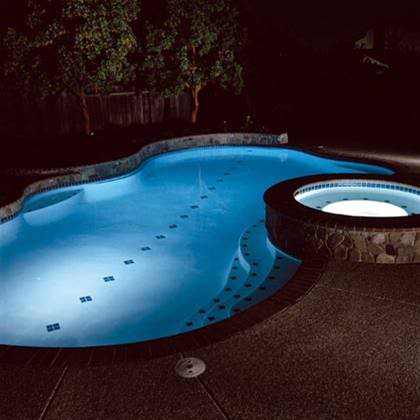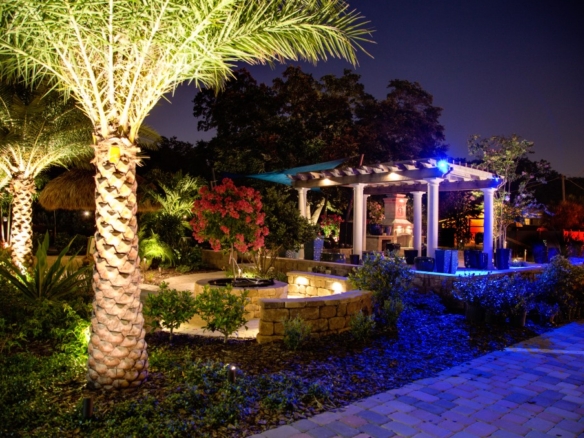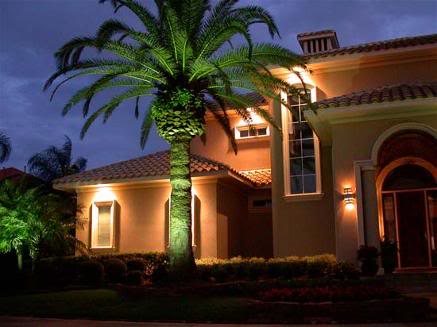A bubbling spa is an ideal for a private relaxation retreat, for a popular family gathering, and for added therapeutic health benefits. Make the most of this luxury addition to your home by fully research the different types and styles of hot tubs, and spas, and find the best location for it in your home before you begin your construction. Here are some ideas to help you plan.
- In-ground spas: In-ground spas are miniature pools with water jets and typically they received similar zoning considerations as pools. Contact your local building department for the most up to date and detailed zoning and building restrictions before you finalized your designs. Most local communities have guidelines covering such issues as fencing and enclosures, set backs to property lines, and proximity to utility supply lines.
- Location of your spa: Spas and hot tubs can be integrated into your deck, patio, yard, or recreation room. Think about how you might use your hot tub or spa; if you plan to use the spa as a quiet, get-away retreat, place your spa in a tranquil area with private entrance. If you use the spa or hot tub for family gathering and entertaining, plan it to be easily accessible with convenient changing room and adequate storage for belongings. Experts recommend taking a test soak and trying out different seating possibilities. The amount of seating can vary depending on how many people will be using the spa at one time.
- Care and maintenance of your spas: Safety is a number one concern for spa owner. Make sure your family and guests know how to use the equipment safely. Spa water must be sanitized and balanced at all times to provide a safe water environment because the spa heated water is the perfect growing conditions for unwanted bacteria. Spa water needs to be tested regularly, using simple-to-use-and-to-read test kits. The frequency depends on your region, weather conditions, and how much the spa gets used; a good rule of thumb when a spa is used regularly is three to four times a week. Chlorine and bromine are the most common chemicals used to keep your spa free from microscopic particles. Oxidizers are sometimes used with bromine to sanitize a spa. To maintain operation equipment, make sure your spa water has specific levels of pH. Sodium bicarbonate (soda ash) and muratic acid are the two most common chemicals used to balance spa water. It is recommended to completely drain your spa or hot tub and start fresh about every six months.
There is nothing quite like luxuriating in a warm, bubbling, and soothing cocoon of water to wash away your stress of daily life and to rejuvenate your spirit. If you plan to join an increasing number of homeowners who are creating pampering and private setting retreats of their own, use your imagination, do research, consult the professional, and focus on the details involved when designing your-at-home spa. You will be rewarded with a haven where you can relax, be with friends and family, and let all your cares melt away.



